FODMAPs Explained: The Bacterial Fan-Favorites
FODMAP stands for fermentable oligosaccharides, disaccharides, monosaccharides, and polyols, a subset of carbohydrates generally poorly absorbed in the intestines. Representing the ‘O’ of the FODMAP family, oligosaccharides are sugars that require an enzyme to be broken down and digested and are further categorized as galactans or fructans. Interestingly enough, 100% of humans do not have the necessary enzyme to break down oligosaccharides, meaning these fructan and galactan molecules are left unattended to in our digestive tracts.
FODMAPs, in general, can be very important for our overall gut health. Since they can pass through the small intestine relatively intact, they make for fine bacteria food once they reach the large intestine. A byproduct of this bacterial potluck is increased gas production and water retention, resulting in potential bloating and abdominal pain. On the plus side, since the bacteria in our gut use FODMAPs for energy, this process helps to maintain a diverse microbiome and overall gut health.
While the exact cause of Irritable Bowel Syndrome (IBS) is widely disputed, researchers at Monash University in Australia have found direct links between the severity and frequency of IBS symptoms and FODMAPs. If you are struggling with IBS, trialing a Low FODMAP elimination diet may be of interest to you.
Oligosaccharides: A Breakdown of Galactans and Fructans
Galactans, also known as galacto-oligosaccharides (GOS), are commonly found in legumes, some vegetables, and some nut products. According to researchers cited in Frontiers of Microbiology, GOS are also common ingredients in probiotics since the microbiome enjoys them so much. The downsides to consuming GOS, especially for people dealing with IBS, are the increased incidences of bloating, abdominal pain, and gas. All of these symptoms can be quite uncomfortable for those already living with IBS and dealing with pain daily. Several recent studies published in the international medical journal Gut evaluated the Western diet and IBS and found that a diet low in GOS can improve undesirable gastrointestinal symptoms and assist in managing IBS.
As mentioned above, another subset of oligosaccharides is known as fructans. Fructans are commonly found in some fruits, wheat, rye, and barley. Notably, even if a product is labeled as gluten-free, it may still contain fructans and other FODMAPs. Similar to GOS, fructans are also fermented in the gut to feed those hungry bacteria bugs. In addition to helping create a diverse microbiome profile (which we very much want), fructans can also help lower blood sugar, according to Professor Mahmoud Tawfick from Heliopolis University in Cairo, Egypt. However, fructans can also contribute to gas and bloating.
Alternative Options: Finding Gut-Friendly Swaps for Oligosaccharide-Rich Foods
Oligosaccharides are found in legumes, some vegetables, some nut products, wheat, rye, and barley. Luckily, there are alternatives for each item.

If you are looking for more information and guidance, several apps are available. The Spoonful App is helpful at grocery stores, offering a barcode scanning feature to analyze foods on the spot. Additionally, the Monash University FODMAP Diet app provides easy-to-digest FODMAP information and is constantly being updated.
- Black, C. J., Staudacher, H. M., & Ford, A. C. (2022). Efficacy of a low FODMAP diet in irritable bowel syndrome: systematic review and network meta-analysis. Gut, 71(6), 1117–1126. https://doi.org/10.1136/gutjnl-2021-325214
- Mei, Z., Yuan, J., & Li, D. (2022). Biological activity of galacto-oligosaccharides: A review. Frontiers in microbiology, 13, 993052. https://doi.org/10.3389/fmicb.2022.993052
- Tawfick, M. M., Xie, H., Zhao, C., Shao, P., & Farag, M. A. (2022). Inulin fructans in diet: Role in gut homeostasis, immunity, health outcomes and potential therapeutics. International journal of biological macromolecules, 208, 948–961. https://doi.org/10.1016/j.ijbiomac.2022.03.218


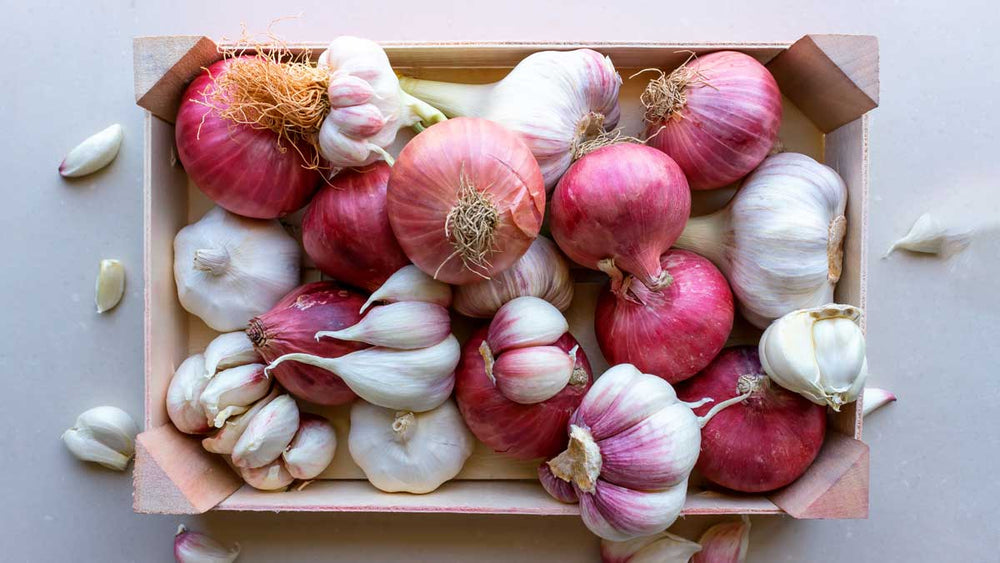
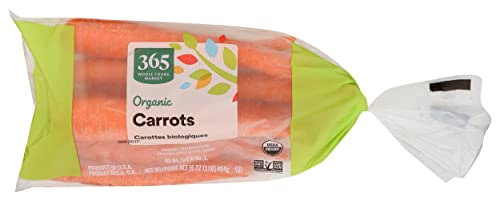
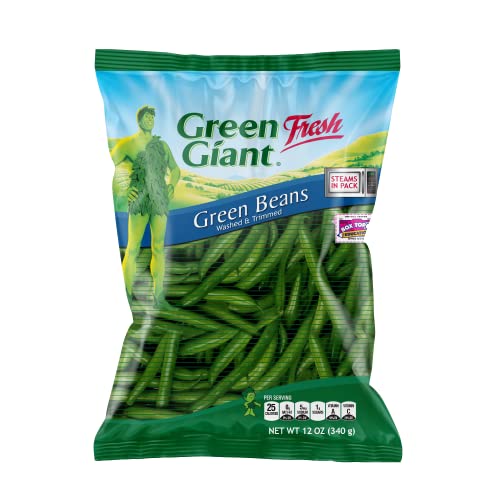
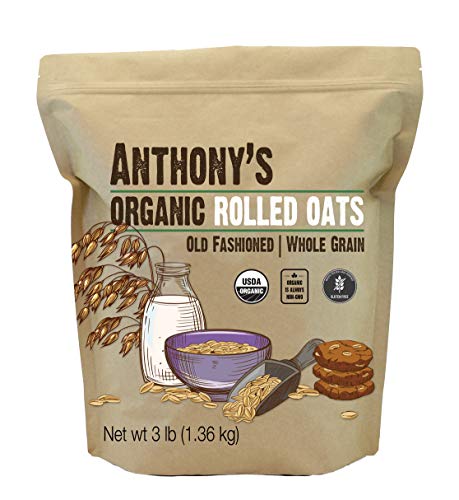








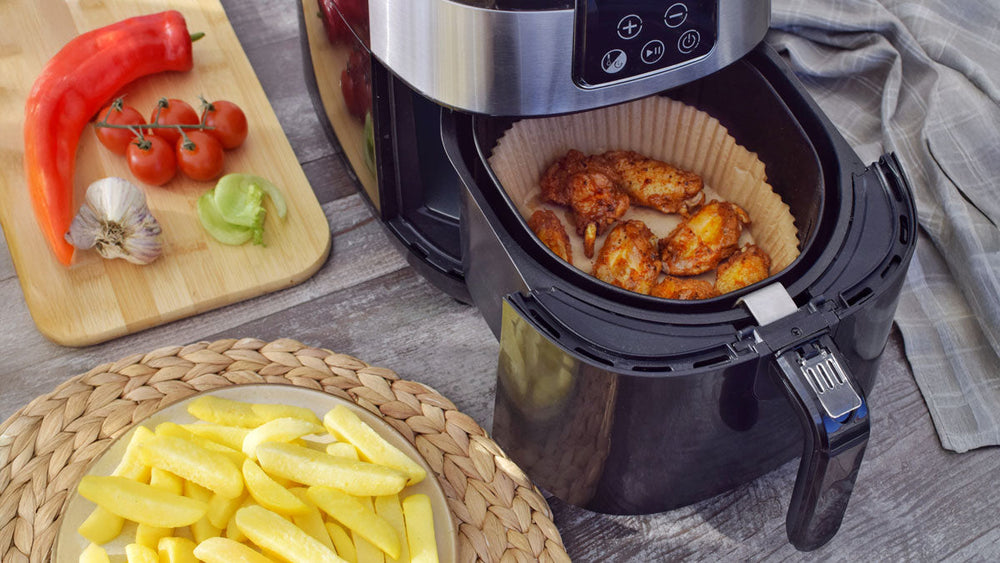

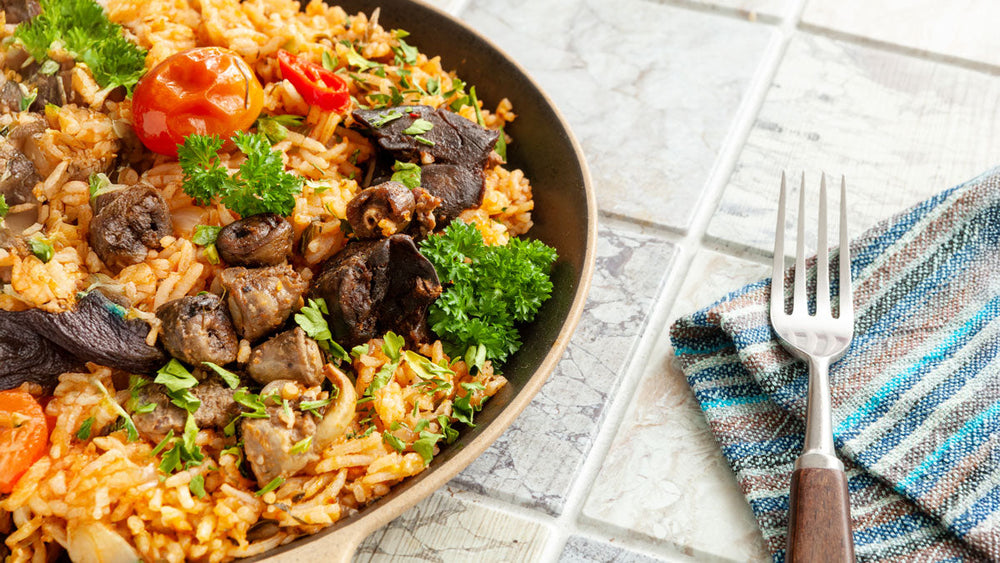






Comments
Join The Conversation...